
Delhi: Heart of India :–
Delhi is the heart of India and most famous and popular city used also as the capital of INDIA. There are more attractions in Delhi and more historic and ancient monument in this city. There is red fort, old fort Humayun tomb Gurudwara, Jama Masjid and Qutub Minar. There are more attraction for all traveler, so travelers from all over the world come to this historic city to visit these places. The city has a very ancient and famous history. It was called in Mughal empire as Shajahanabad and at that time Delhi was a very small city, surrounded by the boundary near Lal Quila and Jama Masjid and today we call this place old Delhi and now it is most visited by a traveler for red fort, Jama Masjid and on the other hand, for charms of old Delhi.
Lotus Temple:-
It is a very recent architectural marvel of the Bahai faith. The Bahá’í Faith is the youngest of the world’s independent religions. Its founder, Bahá’u’lláh (1817-1892), is regarded by Bahá’ís as the most recent in the line of Messengers of God that stretches back beyond recorded time and that includes Abraham, Moses, Buddha, Zoroaster, Christ and Muhammad.

The central theme of Bahá’u’lláh’s message is that humanity is one single race and that the day has come for its unification in one global society. God, Bahá’u’lláh said, has set in motion historical forces that are breaking down traditional barriers of race, class, creed, and nation and that will, in time, give birth to a universal civilization. The principal challenge facing the peoples of the earth is to accept the fact of their oneness and to assist the processes of unification.
Qutub Minar:-
The Qutub Minar made of red sandstone rising to the height of 72.5mts is an architectural marvel of the 13th century. Also a must is the visit to Ashoka Pillar dating back to the 5th century. Though made of iron it has with stood the weathers of time.A very interesting belief is assigned to this pillar- Stand with your back to the pillar, and if you can hold your hands around it, then make a wish and it will surely come true. Try it. You don’t have to an archaeologist to find out about the past of your country.

Simply visiting historic monuments helps you to understand it & can also lead you to grab some useful information, you never realized before. A distinct present from the past, Qutub Minar has inspired explorers and travellers through the ages. Qutb-u’d-Din Aibak laid the foundation of Qutab Minar in AD 1199 for the use of Mu’azzin to give calls for prayer and raised the first storey, to which were added three more storeys by his successor and son-in-law, Shamsu’d-Din Iitutmish. Viewing it is a truly surreal experience as Qutub Minar is still the highest stone tower as well as one of the finest Islamic structures ever raised in India. It is covered with intricate carvings and deeply inscribed verses from the Koran. Beautiful calligraphy adorns the adjacent edifices. The tower has five distinct storeys, each marked by a projecting balcony. The first three storeys are made of red sandstone, the fourth and fifth of marble and sandstone.
India Gate:-
India Gate is constructed as a memorial and was built in the memory of 90,00 soldiers who laid down their lives during world war I. Located at Rajpath, India Gate is 42 m high and is popular relaxation area during the summer evenings. India Gate also act as popular pinic spot during winter. Also known as the All India War Memorial, India Gate was designed and constructed by Lutyens.

He was the one who is considered the chief proclaimer in designing the New Delhi plans. A tour of Lutyens’ Delhi just has to kick off with the stately India Gate at the east end of the broad Janpath (earlier Kingsway) that leads to the Rashtrapati Bhawan. Another additional 13,516 names engraved on the arch and foundations form a separate memorial to the British and Indian soldiers killed on the North-West Frontier in the Afghan War of 1919.
Red Fort:-
Emperor Shah Jahan built Delhi’s most magnificent monument, the Red Fort and above is the red fort picture. In 1638 Shah Jahan shifted the Mughal Empire’s capital from Agra to Delhi. A new royal palace known as Red Fort or Red Fort Delhi (Lal Qila) was constructed. It was begun in 1639 and completed in 1648. The name Red Fort comes from the massive red sandstone walls that surround it. The Red Fort has walls extending up to 2 kms. in length with the height varying from 18 mts.

on theriver side to 33 mts. on the city side. The Red Fort Delhi has two main entrances, the Delhi Gate and the Lahori Gate. The latter faces Chandni Chowk, the city’s most crowded but diverse market. The Red Fort also houses the Diwan-i-Aam or the Hall of Public Audiences, where the Emperor would sit on a marbled paneled alcove, studded with gems, and listen to the complaints of the common people.
Jama Masjid:-
It is the largest mosque in India. The Jama Masjid stands across the road in front of the Red Fort. Built between 1644 and 1658, Jama Masjid is one of the last architectural works of the Mughal emperor Shah Jahan. The spacious courtyard of the Jama Masjid holds thousands of faithful. Jama Masjid is located on a mound in the heart of the old city and projects beautifully into the Old-Delhi skyline. Jama Masjid Mosque was built in red sandstone and marble by more than 5000 artisans.

Originally called the Masjid-i-Jahan-Numa, or “mosque commanding view of the world”, the Jama Masjid stands at the center of the erstwhile capital city of the Mughals, Shahjahanbad. The Jama Masjid was completed under the supervision of Saadullah Khan, the Prime Minister of Shah Jahan. A sum of Rs 10 lakhs was spent on the construction of the Jama Masjid.
Chandni Chowk:-
The antiquity of the main market area of Chandni Chowk has rendered it a venerated place in the markets of Delhi. It is said that it was once lined with beautiful fountains. However, with time, it grew as crowded as it is today. Situated opposite the Red Fort, Chandani Chowk hous es the Digambar Jain Temple, Fatehpuri Mosque – built by the wives of Shah Jahan – and Sunheri Masjid. It was from here that the troops of Nadir Shah started their mission of plundering and massacring the ‘infidels’ at Delhi. One of the most prominent wholesale and retail markets of India, Chandni Chowk is more than 300 years old. It was established in 1650, when Mughal Emperor Shahjahan shifted his capital from Agra to Delhi, as an accompaniment to the fort. Jahanara, the Emperor’s favorite daughter, is credited with designing this market, where an arcade of shops was built in a half-moon shape around a pool.

It soon budded into a prosperous trading center and branched into a number of by-lanes and soon stretched from the Fort to Fatehpuri Mosque. A canal known as Faiz Nahar, renovated by Ali Mardan Khan, is said to have run through the entire length of Chandni Chowk, providing water for both drinking and irrigation, but it went into disuse later. Besides the Red Fort situated nearby, one can also visit the famous Chawri Bazaar. It is one of the narrowest, busiest and most prosperous trading centers of Delhi, dealing in iron and hardware, paper, utensils of brass, copper and stainless steel. You can see traditional framework of Chandni Chowk consisting of ‘Havelis’, ‘Kuchas’ & ‘Katras’. Visit the seven major Hindu and Jain temples, two Churches, three Mosques and two Gurudwaras in the area. These places of worship include Sri Digambar Jain Lal Mandir, Jama Masjid, Gurudwara Shish Ganj, Gauri Shankar temple and Sunahari Masjid.
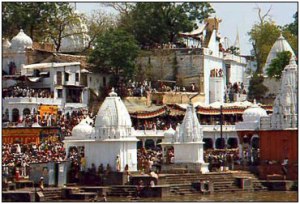 Its cultural heritage is ancient and diversified. Exquisite carved temples, innumerable monuments, stupas, forts and palaces brings to the minds of visitors, the visions of empires and kingdoms, saints and philosophers, poets and musicians of Hinduism, Buddhism, Jainism and Islam. The famous poet, Kalidas and the famous musician, Tansen of the Mughal era, were from Madhya Pradesh..
Its cultural heritage is ancient and diversified. Exquisite carved temples, innumerable monuments, stupas, forts and palaces brings to the minds of visitors, the visions of empires and kingdoms, saints and philosophers, poets and musicians of Hinduism, Buddhism, Jainism and Islam. The famous poet, Kalidas and the famous musician, Tansen of the Mughal era, were from Madhya Pradesh..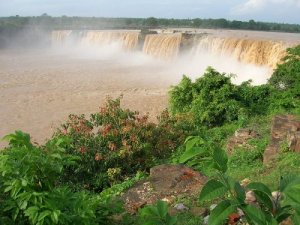
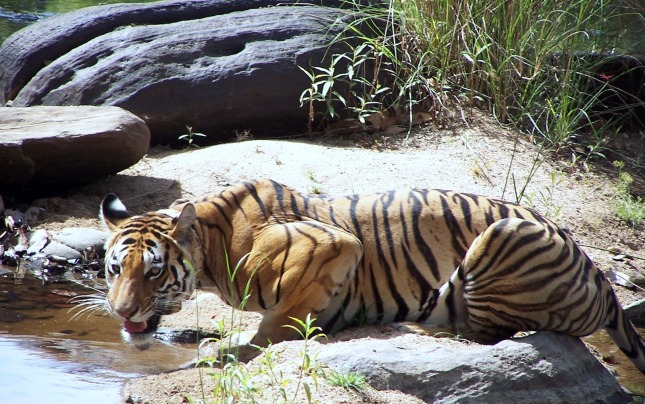







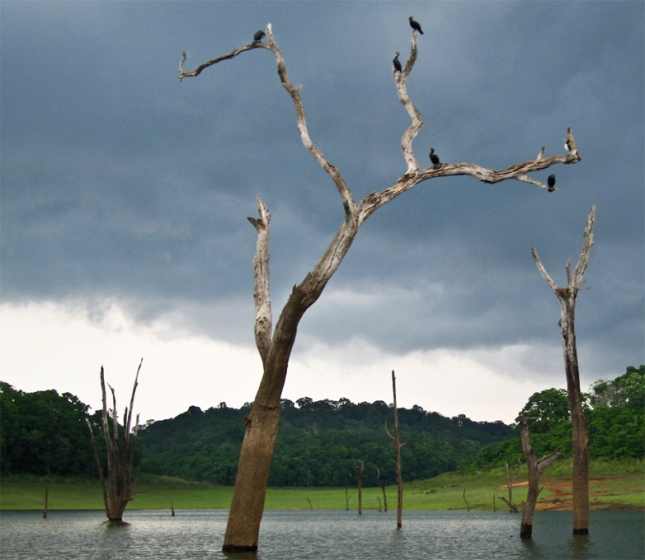
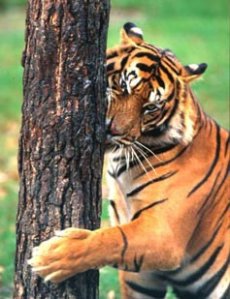
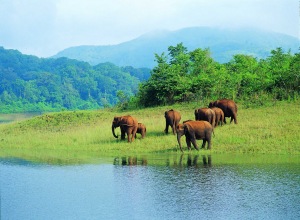
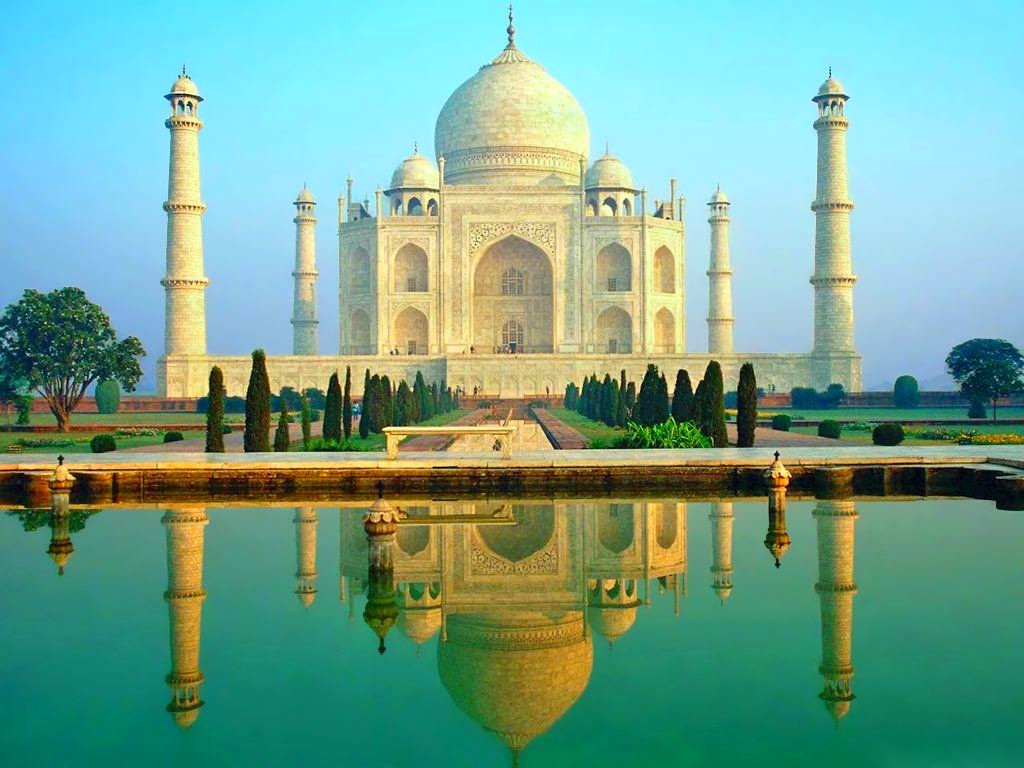
You must be logged in to post a comment.